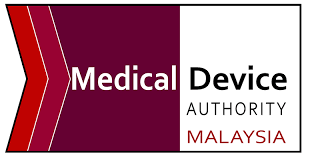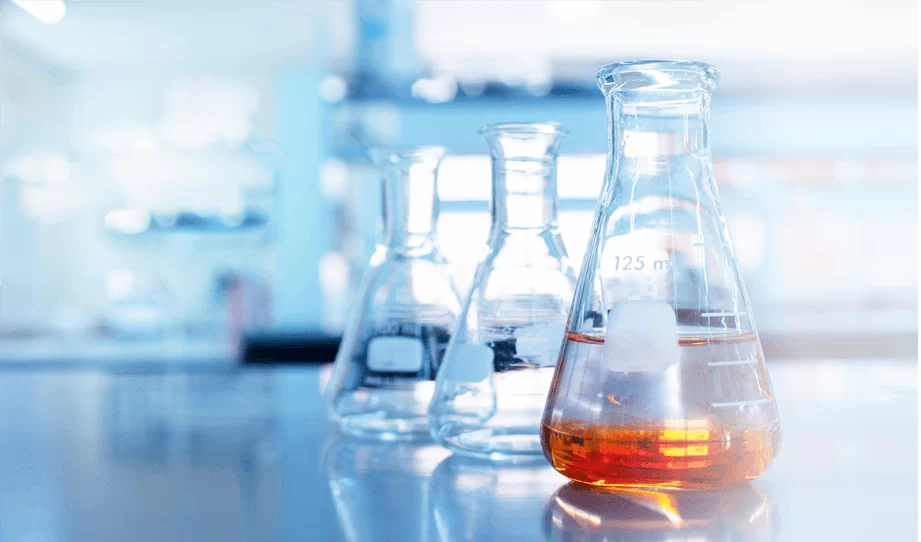The article describes in detail the approach to be applied when determining the regulatory nature of borderline products as set forth by the current legislation in Malaysia.

The Medical Device Authority (MDA), a body of the Ministry of Health Malaysia responsible for medical device regulations, has published a guidance document dedicated to the regulatory requirements for borderline products. The document is intended to provide additional clarifications based on the existing regulatory framework, as well as recommendations to be followed to ensure compliance with the respective regulations. At the same time, provisions of the guidance are non-binding, nor are intended to introduce new rules or impose new obligations; and could also be subject to changes, should such changes be reasonably needed to reflect corresponding changes to the underlying legislation. In particular, the recommendations provided in the guidance are based on provisions of the Medical Device Act (Act 737), as well as the Medical Device Regulations 2012; and in case of any discrepancies, the provisions of the said legislation should prevail.
The authority also reserves the right to request additional information beyond the scope outlined in the guidance, should such information be reasonably required to complete the assessment of safety- and performance-related matters concerning medical devices intended to be marketed and used in the country.
Regulatory Background
The guidance also refers to ASEAN Medical Device Directive (AMDD) – the agreement established to harmonize medical device regulations in ASEAN countries. This agreement was initially concluded in January 2015 and Malaysia adopted it later in April 2020.
The aforementioned agreement sets forth, inter alia, the definition of a medical device to be used when determining the regulatory nature of the product in question and the regulatory framework to be applied. The corresponding definition provided in the national legislation is well — the medical device is defined in Section 2 of Act 737. As further explained by the authority, it is the sole responsibility of the product manufacturer to determine the regulatory nature of its product and if it appears to be a medical device — classify it accordingly as set forth under current risk-based classification rules. In this respect, the manufacturer should take into consideration such aspects as the intended use of the product in question, as well as the vulnerability of the human body in terms of risks and hazards associated with the device.
The present guidance would also be subject to changes based on the new decisions of the ASEAN Medical Device Committee (AMDC).
In particular, the document provides a list of products considered to be borderline and explains the approach to be applied when determining whether they are subject to medical device regulations or not depending on the intended purpose claimed by the manufacturer.

Terms and Definitions
First of all, the document provides definitions of the most important terms and concepts used in the context of the guidance including, inter alia, the following ones:
- Borderline products – products that are difficult to distinguish from a medical device, for example, products that might be medicines, cosmetics, food supplements, biocidal products, or personal protective equipment; these products are called borderline products until their status of a medical device or non-medical device has been decided.
- ASEAN – the Association of Southeast Asian Nations, or ASEAN, is a political and economic union of 10 member states in Southeast Asia, which are Brunei, Cambodia, Indonesia, Laos, Malaysia, Myanmar, Philippines, Singapore, Thailand, and Vietnam.
- Intended use/purpose — the objective intent of the manufacturer regarding the use of a product, process, or service as reflected in the specifications, instructions, and information provided by the manufacturer.
Harmonized Borderline Products: Examples
The document further provides a list of harmonized borderline products and explains the way each of them should be regulated following the respective ASEAN decision. Most of the products described in the guidance are considered to be either medical devices or non-medical devices; or medical devices borderline with medicine.
For example, the following determination should be applied:
- Culture media or Petri dish with culture media (actually, this applies to any material prepared for the growth of bacteria or other microorganisms in a laboratory) should be regulated as a non-medical device, except in the cases when the manufacturer initially specifies that such product is intended to be used for IVD or IVF purposes.
- A mentholated bandage (the one that contains menthol and is intended to relieve pain) should not be considered a medical device.
- Eye drops intended to be used with contact lenses are to be regulated as a medical device, provided they do not contain medicine. The same applies to artificial tears, provided they do not contain active ingredients.
- The regulatory status of a laser will depend on its intended purpose: if the manufacturer makes medical claims, it will be considered a medical device, while a laser intended solely for aesthetic/cosmetic purposes is a non-medical device.
- Mobile devices with health and medical apps installed are not medical devices themselves, however, such apps would be considered medical devices.
- Laboratory equipment intended to be used for the preparation and analysis of specimens falls outside medical device regulation unless such equipment is intended for IVD or IVF use.
In summary, the present MDA guidance provides an overview of the regulatory requirements to be taken into consideration for various types of borderline products when determining their regulatory status. By virtue of the guidance, the authority describes in detail the approach to be applied by manufacturers of healthcare products when determining the regulatory framework to which their products are subject.

